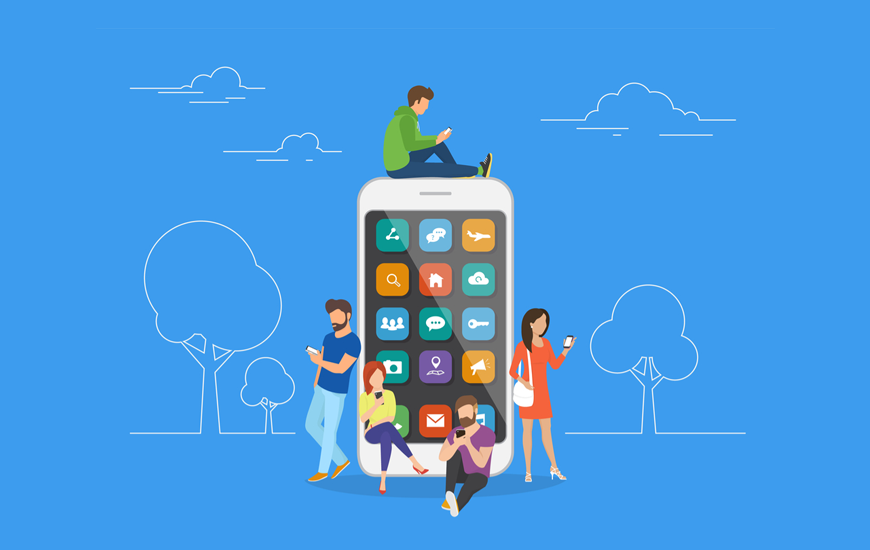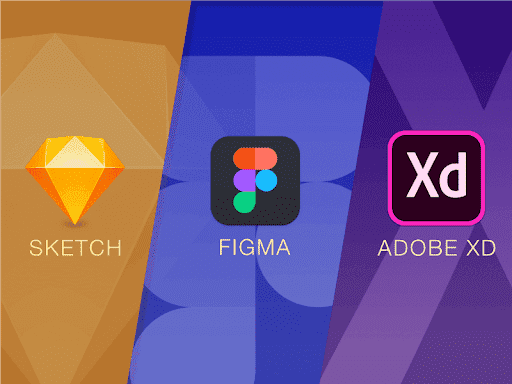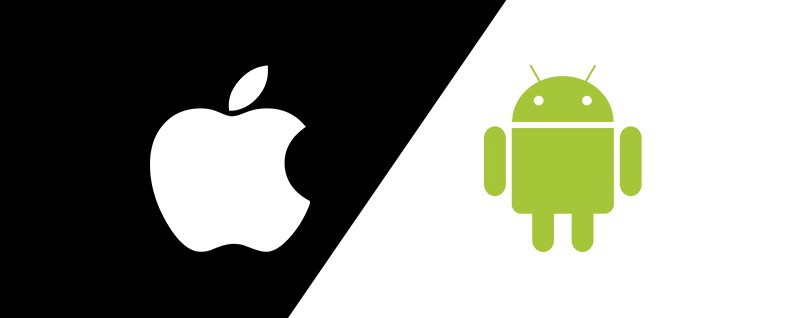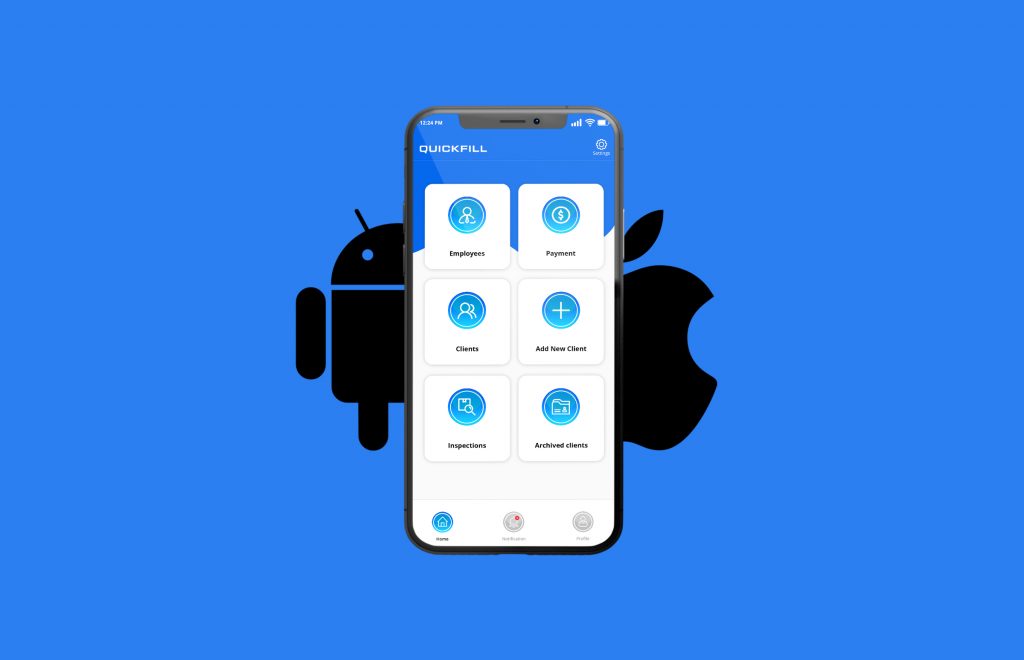Today, 60% of worldwide businesses either have mobile apps or are in the process of getting one. Moreover, business leaders place cross-platform mobile app development among their top 3 priorities, finds a Gartner report.
Due to the digital transformation, mobile devices have become more prevalent, so investing in them would benefit your company. Did you know that in 2022, revenue from mobile apps from different segments will reach $469.2 billion worldwide?

(Source: https://www.smallbizdaily.com)
Many companies are bringing their A-Game to maximize their advantage in this landscape, while many are still unsure about approaching the app development process.
It is technically challenging to develop an app, but anyone with a basic understanding of coding can create a mobile app thanks to low-code platforms like Flutter and React Native.
Let us walk you through our cross-platform development process to ensure your next app is a success on multiple platforms, no matter how big or complex it is. Our process is structured into seven sections, from ideation to launch and postlaunch.
Our Cross-Platform Mobile App Development Process
- Coming up With a Cross-Platform Mobile App Development Idea
- Conducting the Market Research
- Writing Down Your App Features
- Putting Graphics in Your App
- Making a Marketing Plan
- Time to Submit Your App to App Stores
- Improve Your App With the Help of User Reviews
1. Coming up With a Cross-Platform Mobile App Development Idea
Ideas are the driving force behind all great inventions and innovations. Without them, nothing would have been possible. Therefore, when you decide to achieve a specific goal or solve a problem in society, you create mobile apps.

A new idea is rare in mobile apps mostly; they’re riffs off existing ones.
More than 4 million mobile apps are available for download on various platforms. Only Android is home to more than 3.48 million apps, making it the biggest app store in the world.
After the Google Play Store comes Apple’s App Store, which hosts almost 2.2 million iOS apps. It is nearly impossible to come up with the idea that hasn’t been taken up by someone yet. This is why you see so many similar-looking apps that are just improved by another app with a few features.
We’re going to incorporate a few techniques that we use to build unique cross-platform apps.
We adopt these techniques for both native app development and cross-platform mobile apps. However, if you already have an idea, take it on board with us.
Mix and Match Technique:
One best way to come up with a perfect app is to mix and match your idea with already existing mobile apps. Having said that earlier, it’s hard One best way to develop a perfect app is to mix and match your idea with existing mobile apps. Since it’s hard to create a new mobile app, we look around and see if any features can make an old app work better, and we then work on it.
It’s a continuous process, and even some of the greatest innovations are just riffs off existing ideas. For example, Tinder is the most popular dating app. Still, users’ reviews suggest that authenticity is the primary concern since you never know who you are talking to or if the person you’re talking to is real or not.
Bumble, another dating app, is getting popular among users, and you know why? It requires users to verify themselves using their driving license, identity card, or any other personal identity document (in the case of non-US residents).
We prepare a list of frequently used apps and note down the features we feel are missing or need improvement.
Brainstorming an App Idea:
This technique would appeal to those who enjoy finding solutions to problems they or others face. It doesn’t always have to be unique; sometimes, it’s just about solving a problem.
On top of that, what’s better than solving a digital problem with just a mobile app? So, write down the issues that you’re facing, and try to brainstorm potential solutions.
Improving an Existing App:
You’ll find people complaining about different apps and how just an extra feature could’ve done wonders for users. There’s always room for improvement, and our third technique is just about improving an existing app.
There are thousands of apps on app stores that never get an update, and we’re pretty sure you’ve had experiences of apps that you stopped using just because they were never up to the mark.
Have you ever contacted app developers? We guess your answer is NO.
Instead of scratching a new idea, we make a list of ways an app can be improved to perform better. So, if you have an app built long ago and failed just because you never thought of improving it, it’s your time to bring your vision to life with us.
2. Conducting the Market Research
The next step in our app development process is to do competitive market research to find out which apps already exist to solve the same problem. Finally, we discover what your competitors offer through this research and how to beat them.

(Source: https://productcoalition.com)
We said earlier that there are not many apps with novel ideas. So, you don’t need to be worried, considering how your app will compete with already existing apps.
Instead, it’s a good thing that you’re working on an app that is more comprehensive and has a chance to upset those already existing.
Our analytical research contains data of other apps similar to yours. We focus on gathering the following data:
- App Downloads
- Rating and Reviews
- App Updates
- If the App is Monetized or Free
- Feature Set
Validating the App Idea
It’s time to put the idea on hold for a while while we decompose it for team validation. Then, we compare your project with all the competitive apps to see where you margin out them. If the margins are significant, it means you have a great chance of capturing the market by storm.
We also present your app to a group of people to determine if it solves their pain points and what they think of it. This works two ways; first, you get initial public approval, and secondly, we gain valuable general suggestions to make it function better.
3. Writing Down Your App Features
If you’ve made it to here with us, pat yourself as this specific stage involves a lot of fun, and things are about to take an exciting turn. This is the stage where you’ll be putting your app features on paper that people will be using.

First, don’t get too rigid while writing your app features and leave room for improvements based on users’ feedback.
Grab a pen and a notebook and put all the features on it you want in your app. Make sure that you stay realistic because an unrealistic set of features would only lag time.
So, the initial takeaway is to be realistic and keep things simple!
Moving forward, we always think of your app as a user. What would you like in your app? How would elements such as the main screen, navigation controls, and how will the app function?
If you have a plan, well done; otherwise, we got a team of terrific mobile app developers and designers to assist you in the process.
4. Putting Graphics in Your App
Since you have already written things down, let’s give them a visual appearance. There are various tools available (both free and paid) that we use to design app elements.
Next, we’ll give you a sneak peek into the top 3 widely used tools that we use to prepare initial mockups.

(Source: https:/medium.com)
Adobe XD
As one of the most potent design platforms available, Adobe XD enables our team to collaborate on creating the world’s best experiences.
The good thing is that this tool is available for free for the community to use; however, a few elements within the app are locked and can be accessed by purchasing them.
Therefore, it’s wise to offer this tool to maximum users to design their apps in the current market.
Sketch
Sketch is a famous tool for designing user interfaces (UI) and user experiences (UX) elements created by a Dutch company. It’s only compatible with macOS and is a paid program, making it a reliable tool for designing both cross-platform and native apps.
The tool has been recognized as the industry standard for designing mobile apps. The best thing about this tool is you can up or downscale the size of your design without losing quality.
Figma
If you have the know-how of the designing world, you probably have heard about Figma. It’s almost another version of Sketch since they are very similar in design and functionality.
The only difference is that it’s browser-based, which means you can use it on PCs and Macs.
5. Making a Marketing Plan
Marketing is always fun at TechNerds, and you would surely enjoy your app marketing journey with us. With more than 4 million apps on different app stores, it’s essential to lay out a top-notch marketing plan to get your app pre-hyped.

Marketing your app before its launch is a great idea, especially since competition is fierce.
For example, you can kick off with email marketing as it’s a great way to reach your target audience with a value proposition. Moreover, you can utilize paid marketing on Facebook, Instagram, Linkedin, and Google.
So, we segregate the marketing plan into two main categories:
- Pre-launch Marketing
- Post-launch marketing
Pre-launch Marketing
App developers and business owners like to create hype among the masses even before it launches. This will ensure you make a buzz and get people talking about your upcoming app.
There are a few great ways we recommend to pull off a tremendous pre-launch marketing plan that involves the following:
Create a Landing Page
It’s essential to have a landing page built for your upcoming app so that people can get a prerequisite for your app. The landing page could do wonders with an FAQ section as people will find answers to their questions.
You can take the example of the Clubhouse app that hit the market back in March 2020. The creators developed a landing page directing users to download the app.
There’s nothing fancy you get to see there despite two download links for Android and iOS. Even today, the app’s landing page displays only the above information.
Several drag-and-drop platforms are available, such as Shopify and WordPress, in case you lack coding skills. Using one of these platforms, you can create a landing page quickly.
Social Media Hype
We believe this is the most sought-after marketing medium at the moment. Social media platforms have propelled thousands of businesses to massive success, and maybe it’s your time to get the maximum advantage of these platforms to ensure your app is a hit.

(Source: https://giphy.com)
We suggest going with Facebook and Instagram paid marketing as these platforms are home to more than 3 billion users. You can reach out to your targeted audience segment by availing of our surefire marketing strategies.
Working with us has one significant advantage; you are always in control of your marketing campaigns.
Post-launch Marketing
Arrange a Presser
Arguably, the most cost-effective marketing plan out there is doing a press release and spreading the word about your app. Despite its cost-effectiveness, it sounds like a corporate thing to have creators and leaders announce an app launch.
Continue With Paid Marketing
If the results you’re getting are precisely what you wanted, and they are cheap, there is no point in stopping them.
Email Marketing
We make sure to let your email subscribers know that the app has launched. We email them to announce the app release with a download link.
Discover our marketing strategies in depth Digital Marketing Services for Small Businesses
6. Time to Submit Your App to App Stores
Making it to this step means you are all geared up to submit your app to different platforms (iOS or Android or Both).

Here are the steps to get your app approved:
- Your App Should Qualify
- Fill in Meta Data ABout Your App
- Upload Your App
- Connect BAck and Review
- Wait for a Reply
- Get Approved
In case your app was not approved, repeat the process with more focus so that you can get your app featured on app stores.
7. Improve Your App With the Help of User Reviews
First of all, congratulations on successfully posting your app on the app store. Now the real game begins, and that is to consistently bring improvements in your app to make it user-friendly and more functional.
Once you’ve launched your app, prepare yourself to receive a mix of positive and negative feedback from the public, but never lose your calm. Always take criticism positively, and thank your users who allow you to bring more improvements to your app.

(Source: https://www.getbeamer.com)
We always say, think of your app as a user and thrive on having the most realistic view of how things are for users. It shows you haven’t abandoned your users, and you’re always there to improve their experience with the app.
Your mobile app may beat out other niche apps that don’t do this over time!
Wrapping Up
Here’s hoping this article answers your most pressing questions about how we develop mobile applications and sets you on the road to start working on that app you’ve been thinking of. To be honest, the cross-platform mobile app development process never stops, and you always remain in a hustle to bring improvements.
TechNerds is one of the leading cross-platform and hybrid mobile app development companies in the USA.
We have the right expertise to develop mobile business apps across different industries, including FinTech, Healthcare IT, Logistics and Supply Chain Management, Construction, Retail, Brick and Mortar, and many others.
We hope you find our app-making process exciting and helpful. Don’t forget to click below to kick off your next mobile app project.


